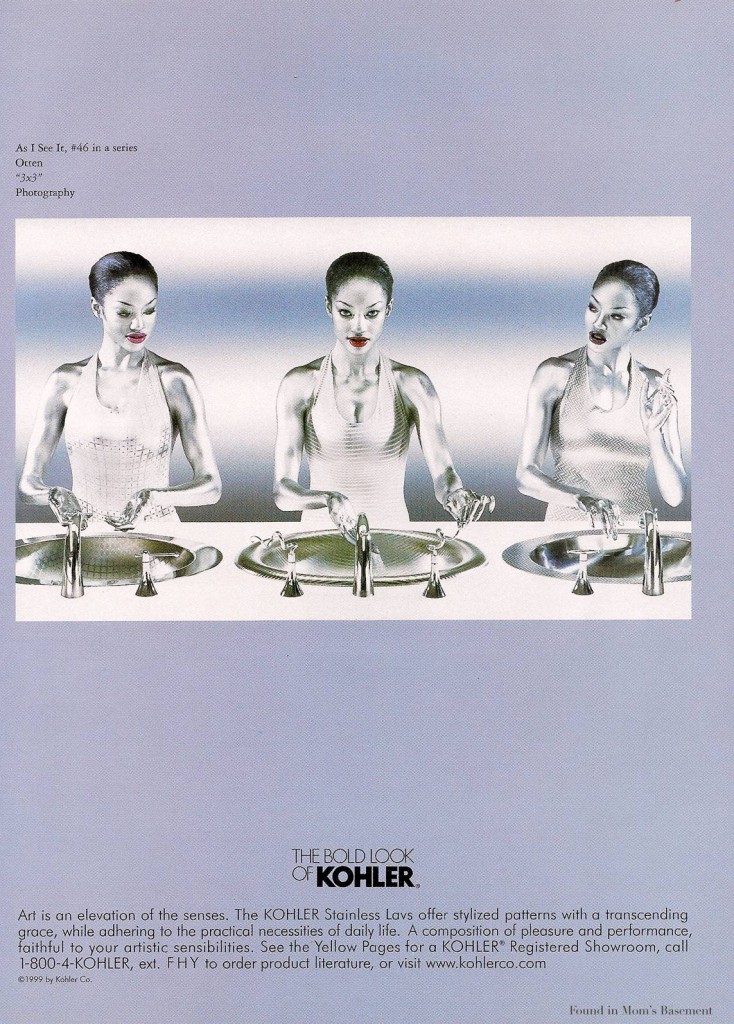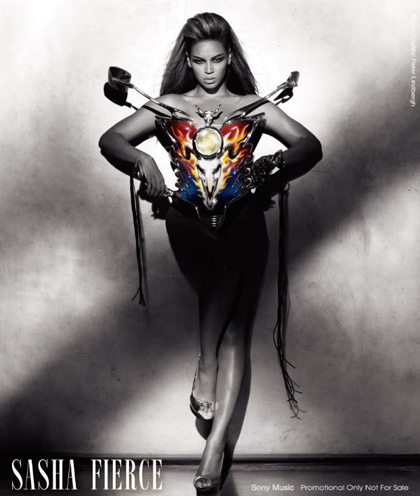U.K. men’s magazine Asylum promotes itself, women’s objectification:

Thanks to Giorgos S. for sending along the screen shots!
Other examples in which women are products here, here, here, here, here, and here.
—————————
Lisa Wade is a professor of sociology at Occidental College. You can follow her on Twitter and Facebook.



